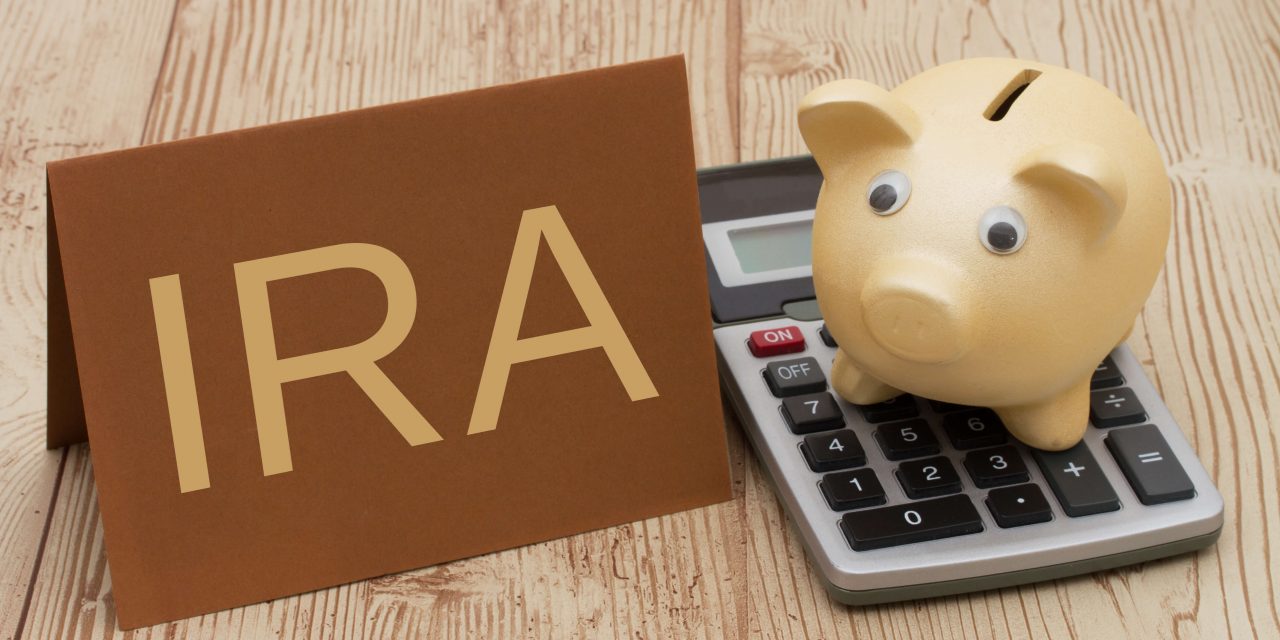Receiving donations from a retirement account is a smart financial strategy
Growing churches require income, and this strategy maximizes giving while benefiting the giver. | by Elaine Sommerville
We’re into tax season and people are looking for ways to manage their required minimum distributions from their IRAs while minimizing the tax consequences associated with these funds. Qualified charitable distributions create a wonderful avenue for parishioners to do both of those things and also support your church. Through this method, givers will
- Manage their IRAs,
- Minimize taxes, and
- Support the church.
Enacted in 2006 and made permanent as of 2014, Congress provided a vehicle for owners of individual retirement accounts (IRAs) to make charitable contributions without creating adverse tax consequences through a qualified charitable distribution (QCD). Because the standard deduction increased in 2018, fewer individuals are claiming itemized deductions, so today, more charities are receiving contributions from IRAs. In 2019, laws changed again so that individuals who turn 70-1/2 by the end of 2019 are able to participate in these tax benefits. In 2020, individuals will have to be 72 years of age to participate.
Qualified Charitable Distribution (QCD)
A QCD is a distribution(s)
- coming from any type of IRA, including a Roth IRA, but does not include an IRA utilized in a SEP IRA or a SIMPLE IRA while the participant is still an active participant in the plan;
- made directly by the IRA trustee to a Code Section 170(b)(1)(A) charitable organization. This would include most organizations exempt under IRC Section 501(c)(3) organizations with the exception of an organization classified as a supporting organization under 509(a)(3). There is also a prohibition against contributing the funds to a donor advised fund;
- that is entirely deductible as a charitable contribution under Code Sec. 170 other than any potential percentage limit imposed by Code Sec. 170(b). There cannot be a benefit given in exchange for the contribution creating a quid pro quo contribution;
- documented with a contribution receipt meeting the substantiation requirements of Code Sec. 170(f)(8) (among other requirements, this means the contribution receipt contains the required "no goods or services" statement);
- made after the IRA owner turns 70 ½ by the end of 2019 or age 72 in 2020; and
- not exceeding $100,000 per year for the IRA owner.
Benefits to the IRA owner
- The amount of the QCD is not included in the taxable income of the IRA owner and the owner is not entitled to a charitable contribution for the QCD. Since not all taxpayers benefit from charitable contributions, an adverse tax consequence may be created if the owner of an IRA receives an IRA distribution and subsequently makes a contribution of an equal amount to a qualifying charity. The QCD avoids this consequence since it moves the funds directly to the charity without moving through the separate accounts of the IRA owner.
- IRA owners are required to receive minimum distributions (RMD) from their IRAs after they are 70 ½ by the end of 2019 or age 72 in 2020. Many taxpayers may not desire to receive the minimum distribution and may not have need of the funds. The amount of a QCD may be applied to the RMD and assist in avoiding taxes on the RMD. Therefore, older taxpayers may be able to meet their own personal giving goals and minimize unwanted tax consequences of a RMD.
- A QCD may also be made from an inherited IRA as long as the beneficiary has attained age 70 ½ by the end of 2019 or age 72 in 2020.
Responsibilities of the Recipient Charity
While most of the rules associated with these distribution/contributions fall to the IRA owner, recipient charities must assist the donor/IRA owner in complying with two important aspects of the QCD.
The recipient charity should confirm it is a qualifying charity and it must issue a qualifying charitable receipt according to the requirements of Code Sec. 170(f). Due to the unique tax structure surrounding these transactions, charities should not add these donations to donor records and allow the gifts to be reported on a donor's regular contribution receipt issued at the end of the year. These contributions must be receipted separately from a donor's other contributions to a charity.
The following is a sample of the donor letter that may be used to receipt a QCD:
Dear [Name of Donor],
Thank you for your charitable gift of $_____________ to [name of church] from your individual retirement account (IRA). We received your gift on ________________ directly from [Name of IRA Administrator/Trustee] This acknowledges that we have received your gift from your IRA and that it is your intention for all or a portion of the gift to qualify as a qualified charitable distribution (QCD) from your IRA under Internal Revenue Code (IRC) Section 408(d)(8).
This letter confirms the receipt of the donation and that [name of church or charity] is a qualified public charity under IRC Section 170(b)(1)(A) and that your donation has not been transferred to either a donor advised fund or a supporting organization defined in IRC Section 509(a)(3). We further confirm that no goods or services other than intangible religious benefits have been provided in exchange for the donation. [Note that churches must include the "other than intangible religious benefits" statement.]
While your gift may be applied to any pledge or commitment you have made to [Name of church or charity], the QCD is not a tax deductible charitable gift. The gift will not be included on any other charitable contribution receipt issued (or if included on any receipt, it will be listed as a nondeductible donation.) A QCD may count towards your annual IRA required minimum distribution (RMD) and not deemed taxable income. Please consult with your tax adviser regarding these unique rules.
Thank you for your generous support of [name of church].
There is not a penalty to a recipient charity for failing to assist the donor/IRA owner with an appropriate receipt. However, failure to issue the receipt results in the distribution failing to qualify as a QCD and creates a taxable distribution to the donor/IRA owner. And as always, please have parishioners seek the advice of a financial professional to determine how these laws apply to their individual situations.
Qualified charitable distributions create a wonderful avenue for donors to support their favorite charities, manage their required minimum distributions from their IRAs and minimize the tax consequences associated with these funds.






